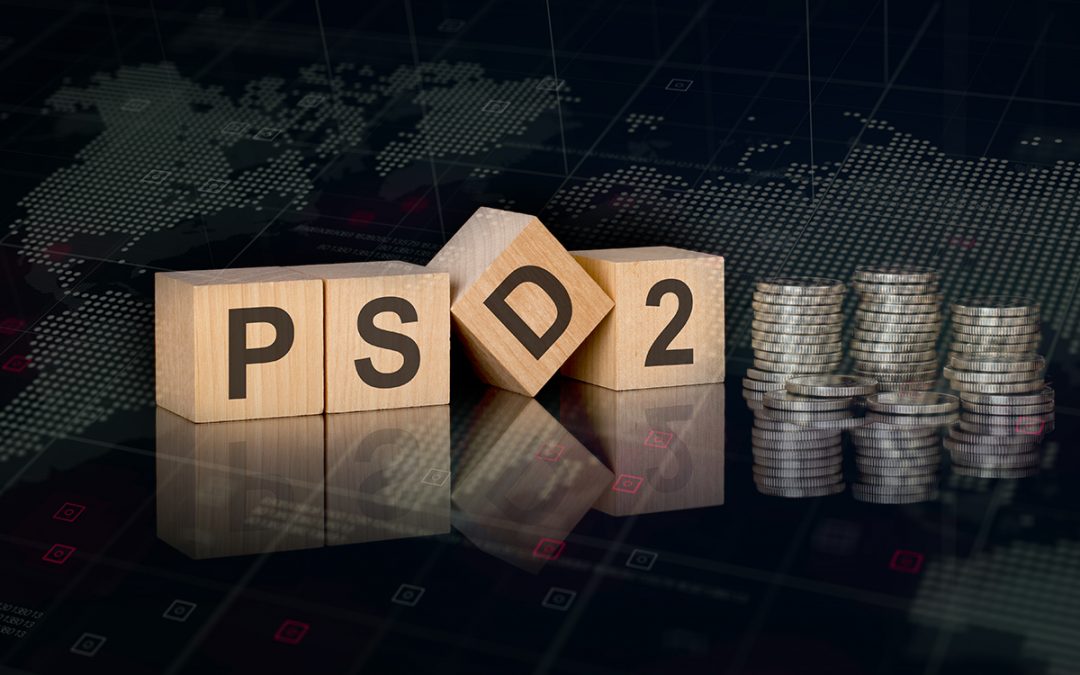Top 5 Steps to a Successful Core Banking Transformation

Core banking systems are becoming increasingly important to banks for several reasons. One is cost reduction. Maintaining older platforms is expensive, becoming less and less acceptable for FIs focused on their margins.
Also, as banks try to stand out by making new products and expanding their markets, the need for flexibility and scalability in their operations and core banking systems grows. In the meantime, as banks’ IT systems have gotten older, differences between local platforms have stayed the same or even expanded. High maintenance costs, performance problems, and the difficulty of making changes have also stayed the same or worsened.
Now that many banks expect growth again, the need to standardize core banking platforms and replace core systems has become the spotlight.
There are many challenges ahead for CIOs.
- Speed to Innovation includes all technologies governing API enablement, big data, machine learning, cloud computing, open service architectures, and machine learning.
- CX expectations customers crave a fully integrated digital experience that is personalized and rewards loyalty.
- A legacy that comes from Siloed systems This impacts aspects such as time to market, systems integration, and a challenge to provide a customer-centered approach.
- Volatile Regulatory Environment includes complex cross-border PSD2 and Open API mandates and Open API and upcoming market reforms.
- External Competition. From Fintech companies and Peer-to-peer lenders and the rise of cryptocurrencies, non-banks offer banking services like retail providers and payday lenders.
- Financial Pressures a push towards cheaper infrastructure and a more profound shift to more automation reduce operational costs.
How to make a core banking transformation work – 5 steps.
Every core modernization story is different, and clients can protect their investments and save time and money by making the process fit their needs. The playbooks are made with a single client’s current and future architecture landscape in mind. If there are different approaches, then banks must bring pragmatic approaches.
Start with an integrated Road Map.
that increases business capability and digital transformation. An integrated, custom-tailored road map gives the bank new business capabilities aimed at achieving the bank’s business priorities and has the real benefit of refreshing the technical architecture underneath.
Componentization Approach for Targeted Modernization.
There has been a growing trend toward breaking things down into smaller parts in the past few years. Full “big bang” or “rip and replace” deployments are too risky for most banks, especially the biggest ones. This risk kept many banks from replacing their core systems, which they needed to do. Componentized solutions allow FIs to replace things in a less risky, more step-by-step way.
Prioritizing Tactical Modernization Needs.
Reduce the number of strategic investments that can’t be used again in the current scheme of things, especially for core banking systems for the next ten years. Make a list of the tactical changes that need to be made to the current core banking system, but only invest if there is a pressing need.
Maintain High Readiness for Migration.
This step involves keeping clean customer accounts. Much of the success comes from avoiding duplicate, and redundant product portfolios, as also the dormant or inactive accounts.
Build up the organization’s core skills.
Start a core team of cloud experts, data engineers, and product, finance, and operations experts who know much about core banking.
Conclusion. Time to Move
Banks haven’t been able to get the most out of their core banking systems for far too long. During the financial crisis, IT budgets were cut and redirected, and many banks thought that putting core systems in place was too risky and expensive.
Today, most institutions are again considering replacing and changing their core banking systems. The old systems at these banks can’t keep up with how quickly their environments are changing, while new technologies have made core banking implementations less risky and complicated.
View































